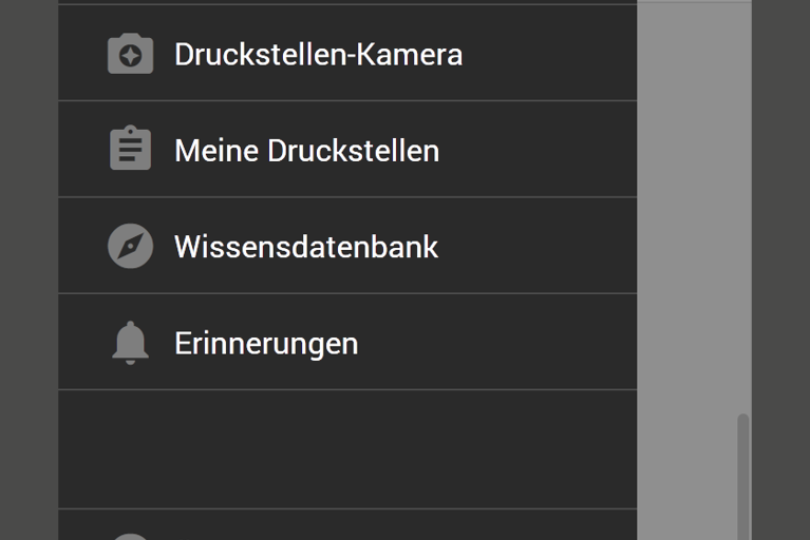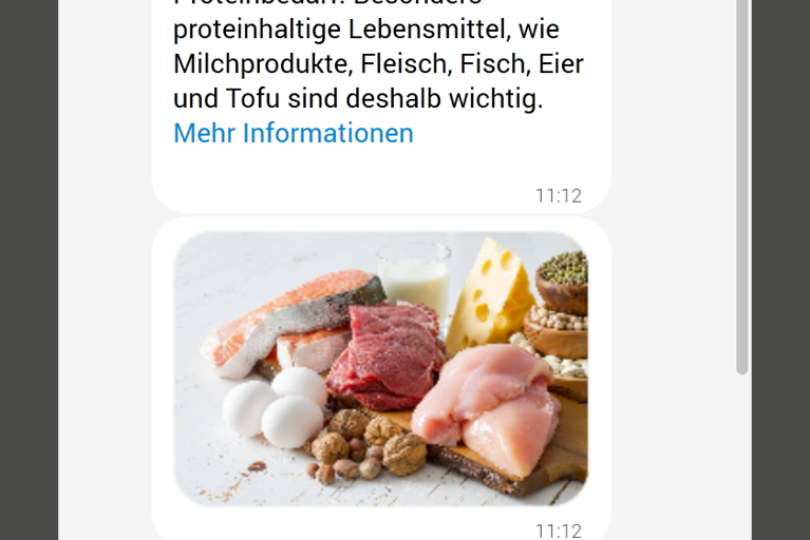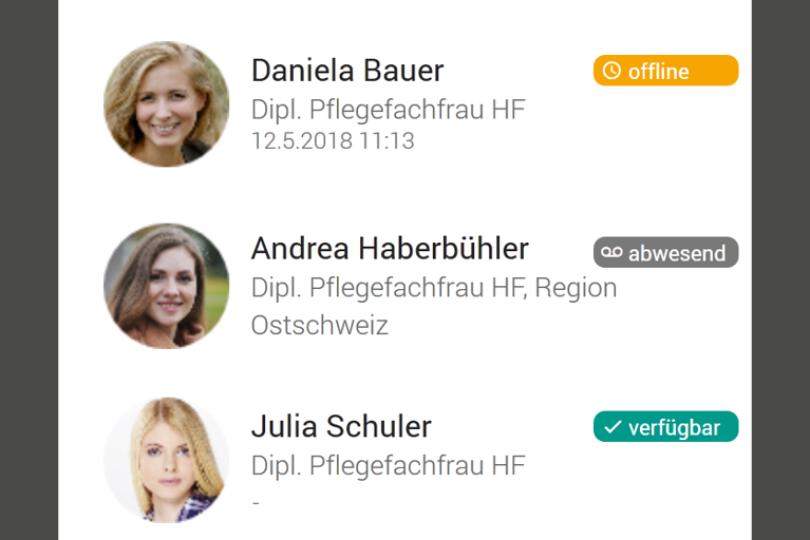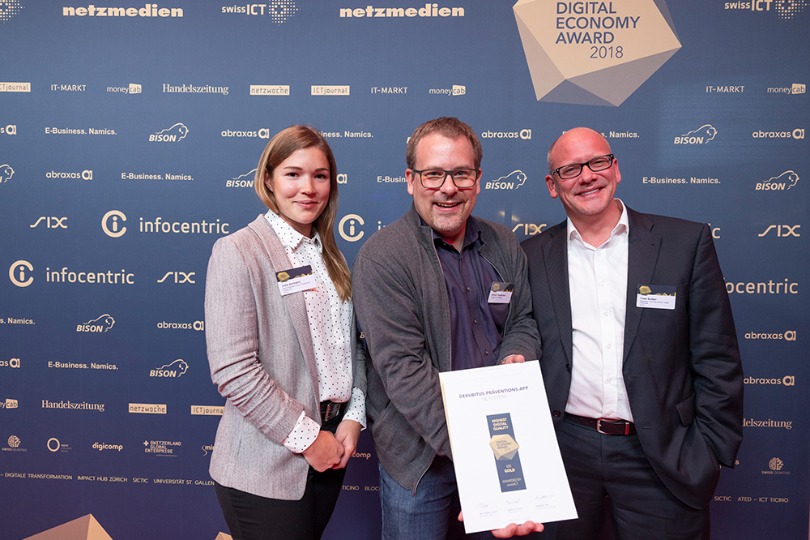Pressure sores are one of the most common complications in people with spinal paralysis. These bruises are extremely painful, lengthy to treat and can result in expensive hospital treatment lasting several weeks. During rehabilitation, those affected receive recommendations for the prevention of pressure sores, but some of them implement them inadequately after leaving the hospital. As part of a study, we developed a smartphone app that offers patients personalized support in preventing pressure sores.
Helping people to help themselves
The value of the app lies in the prevention and better treatment of developing skin pressure points. It enables users to behave correctly and helps them to monitor their skin condition. With a built-in messenger device, they have the possibility to contact local and specialized health professionals in case a pressure spot should occur despite their efforts.
Our prototype is precisely tailored to the needs and limitations of the paraplegic target group and is unique in the world due to the direct, secure and encrypted connection of healthcare professionals. None of the currently available apps in this sector offer such extensive functionality and none of the other apps offer integrated, secure and privacy-compliant communication with healthcare professionals from the region.



